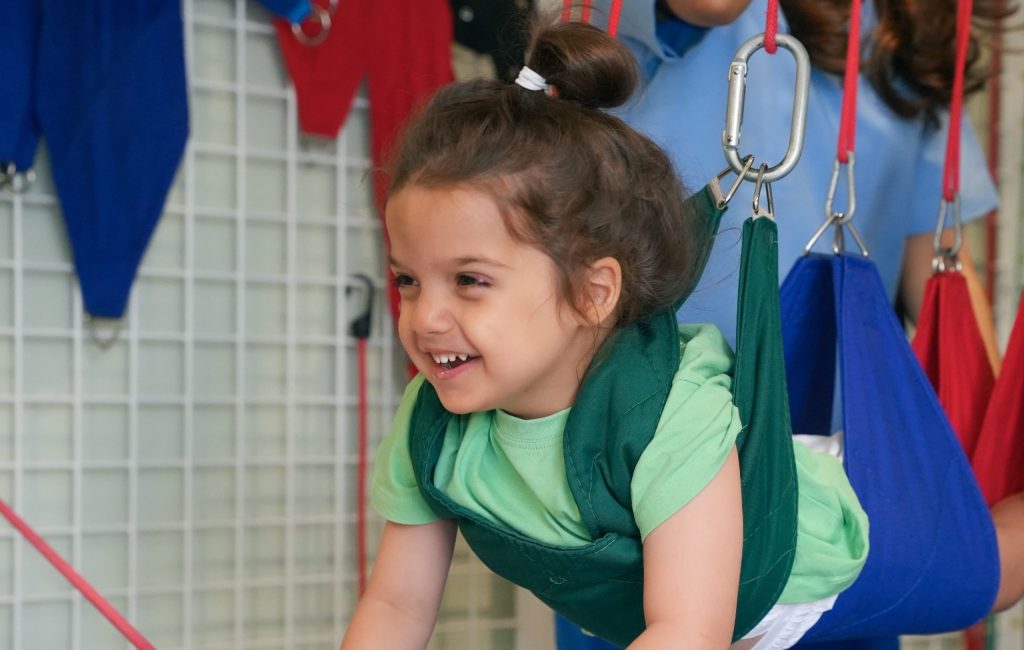Managing Pain in Pediatric Physical Therapy

Helping children recover from injuries or medical conditions can be both rewarding and challenging. When kids are in pain, it can be hard for them to stay calm or explain how they feel.
That’s why pain management plays a big part in pediatric physical therapy. Therapists work not only to help children move better, but also to help them feel safe and more comfortable during each session.
Understanding Pain in Children:
Children experience pain differently than adults. They may cry, become quiet, or act out when they are uncomfortable. Some children may not have the words to describe what hurts, while others may be too afraid to speak up. Therapists pay close attention to body language, facial expressions, and changes in mood to figure out how much pain a child might be feeling. This helps them decide how to adjust the therapy to make it more manageable.
Making Therapy Less Stressful:
Therapists use gentle methods to reduce pain during therapy. This can include slow movements, fun activities, and short breaks. Turning exercises into games or play can help children stay relaxed and interested. Warm towels, soft stretches, or simple breathing tricks can also help ease discomfort. The goal is to help kids feel more in control and less afraid of what’s coming next.
Involving Parents and Caregivers:
Parents play a big role in a child’s comfort. When caregivers are calm and involved, kids often feel more at ease. Therapists talk with parents about how the child reacts to pain and what seems to help at home. This way, the care given during therapy can continue after the session ends. Simple routines and support at home can make the whole process smoother.
Building Trust Over Time:
For therapy to work well, children need to feel safe with the person helping them. It can take time to build this trust. A friendly voice, a smile, and a patient attitude can go a long way. Once the child feels safe, they’re more likely to try new movements, even if they’re a little uncomfortable at first. The goal is to help them move forward step by step, without rushing.
Pain can make therapy harder, but it doesn’t have to stop progress. With care, patience, and the right approach, therapists and families can work together to help children feel better. Pediatric physical therapy is about helping children grow stronger while feeling supported, every step of the way.



